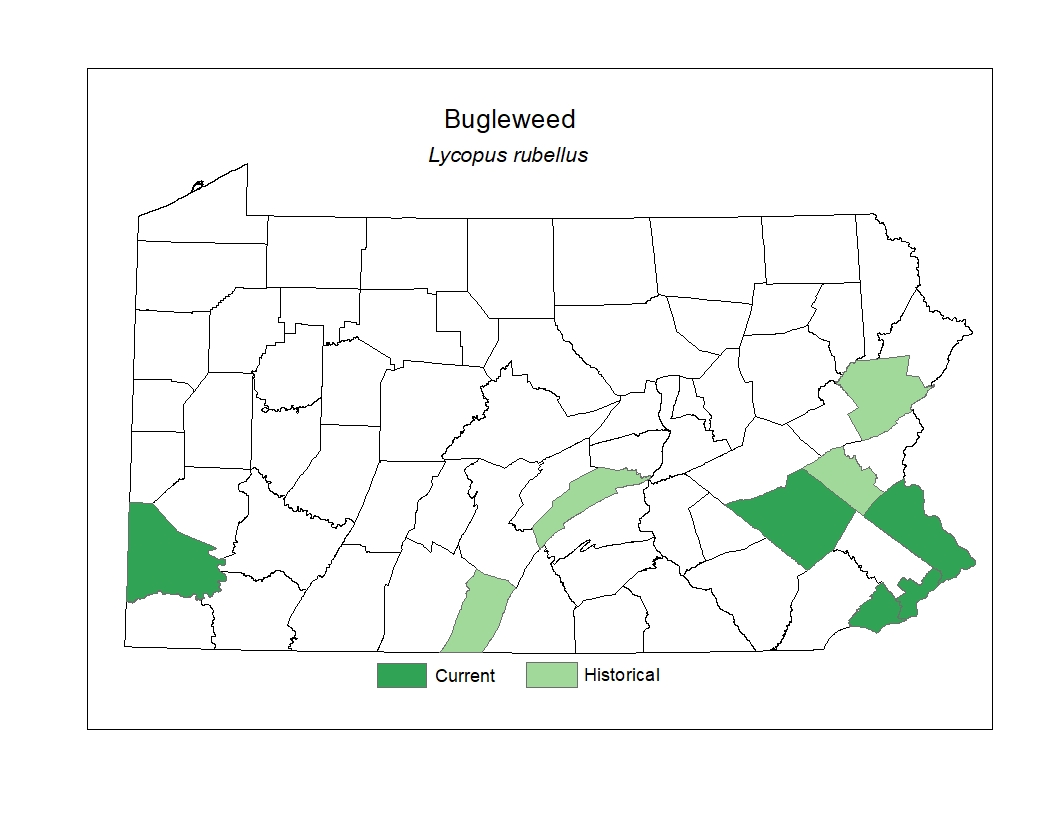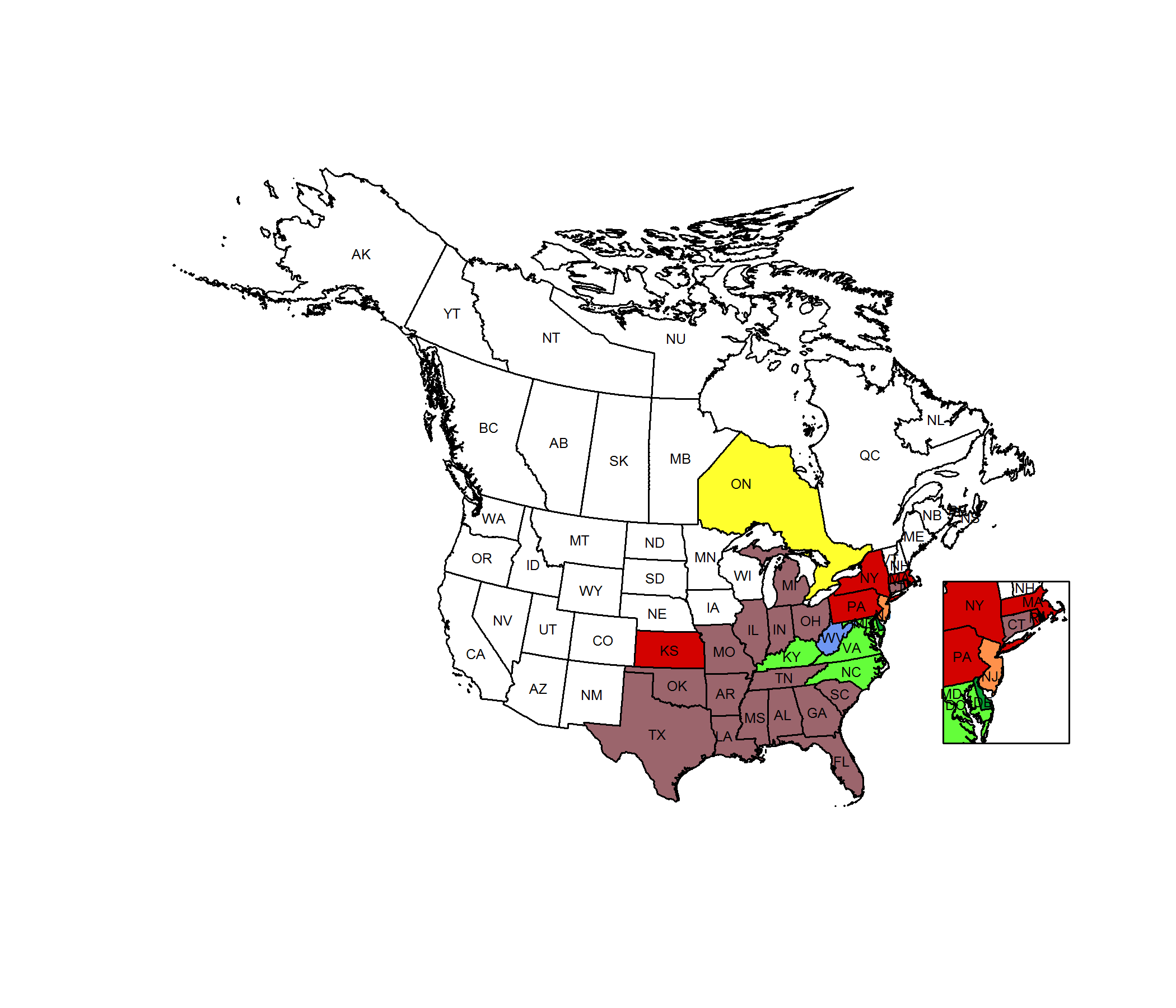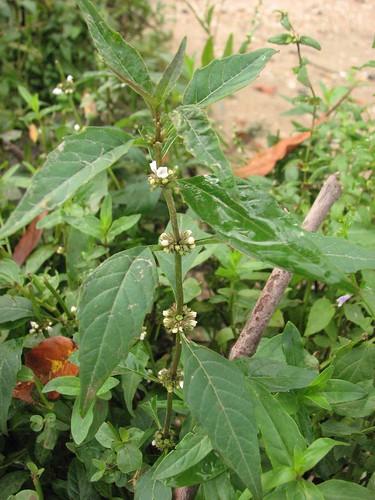 Species Factsheets
Species Factsheets
Lycopus rubellus
Gypsy-wort
State Status: Pennsylvania Endangered (PE)
PBS Status: Pennsylvania Endangered (PE)
Federal Status:
Global Rank: G5
![]() rank interpretation
rank interpretation
State Rank: S1
Did You Know?
The common name of this species comes from the belief that gypsys used the juice of this plant to stain ther skin.
Description
Gypsy-wort (Lycopus rubellus) is a perennial herb that may grow to 1m in height. The stem may be hairy or hairless, and when broken lacks the mint-like aroma that is characteristic of most members of the mint family. The leaves are oppositely arranged, lance-shaped to elliptic, from 5-10cm in length and 1-3cm in width, stalked at the base, pointed at the tip, and variably toothed on the margin. The flowers, appearing from July to September, are arranged in dense clusters above the base of the leaf stalk. The sepal lobes in this species are relatively long and pointed at the tip.
Rank Justification
Critically imperiled in the nation or state because of extreme rarity (often 5 or fewer occurrences) or because of some factor(s) such as very steep declines making it especially vulnerable to extirpation from the state.
Habitat
Gypsy-wort grows in intertidal marshes, mudflats, shorelines, and ditches.
Survey Dates
Flowers June - early September
Distribution
In Pennsylvania, the species has been documented historically in several eastern counties, but particularly along the lower Delaware River.

Threats
The populations have threats from exotics species, dredging and filling, and water pollution.
Conservation Status Map


NatureServe. 2017. NatureServe Explorer: An online encyclopedia of life [web application]. Version 7.1. NatureServe, Arlington, Virginia. Available https://explorer.natureserve.org.
https://www.acris.nynhp.org/guide.php?id=9134
- NatureServe. 2018. NatureServe Explorer: An online encyclopedia of life [web application]. Version 7.1. NatureServe, Arlington, Virginia. Available at https://www.natureserve.org/explorer
- Pennsylvania Natural Heritage Program. 2018.
- Rhoads, A.F. and W.M. Klein, Jr. 1993. The Vascular Flora of Pennsylvania. American Philosophical Society, Philadelphia, Pennsylvania. Rhoads, A.F. and T.A. Block.
- 2007. The Plants of Pennsylvania: An Illustrated Manual. 2nd edition. University of Pennsylvania Press, Philadelphia, Pennsylvania.







